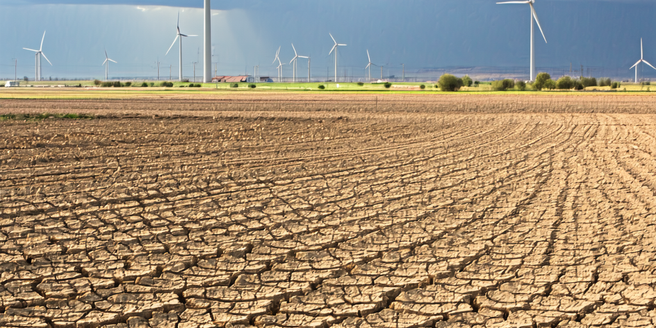
Understanding the Global Water Cycle Changes
The global water cycle is undergoing significant changes due to various factors, primarily driven by climate change. Alterations in precipitation patterns impact the distribution and availability of water resources globally. As temperatures rise, evaporation rates increase, leading to shifts in atmospheric moisture levels. These shifts result in more intense but less frequent rainfall in some regions, whereas others may suffer prolonged dry spells. Understanding these changes is crucial for managing freshwater resources efficiently. Research indicates that changes in the timing and intensity of precipitation affect not only water availability but also the quality of water bodies. Comprehensive studies are essential to predict future trends accurately and develop strategies for water conservation and management in a changing climate.
Impacts of Altered Rainfall Patterns on Agriculture
Altered rainfall patterns significantly affect agricultural productivity worldwide. Crops are sensitive to the timing and amount of precipitation, making rainfall unpredictability a major challenge for farmers. Prolonged droughts can devastate crops, while unexpected heavy rains may cause soil erosion and nutrient runoff, damaging plant health. This complex situation highlights the need for more robust predictive models to help farmers plan accordingly. Farmers need to adapt by using drought-resistant crop varieties and implementing improved irrigation techniques. These changes require considerable investment and training, especially in developing regions. Research in climatology and agronomics is critical to developing new agricultural practices that can withstand changing precipitation patterns. Additionally, policy frameworks need to support farmers’ resilience against the impacts of altered rainfall through subsidies and access to technology.
The Role of Climate Change in Water Supply Variability
Climate change is a primary driver behind the variability in water supplies observed across the globe. As global temperatures rise, glacial melt and altered precipitation patterns disrupt the traditional water supply systems. Regions dependent on snowmelt for water face uncertainties as snow packs diminish earlier in the year. Similarly, increased evaporation rates due to warming exacerbate dry conditions in already water-scarce areas. The impact on agriculture and food security is becoming increasingly evident. Climate models predict an increase in water supply variability, necessitating adaptive management strategies. Addressing these challenges requires an integrated approach, combining scientific research and innovative policy frameworks. Ensuring water security amidst these changes is vital for sustainable development and requires global cooperation.
Technological Innovations in Water Resource Management
Technological advancements are crucial in addressing the challenges posed by changing water availability. Innovations like smart irrigation systems, real-time monitoring sensors, and data analytics aid in optimizing water use. These technologies enable precise water delivery, reducing wastage and conserving water supplies. Furthermore, they help farmers adapt to fluctuating weather patterns, thus safeguarding crops and livelihoods. Additionally, advances in desalination techniques and water recycling offer alternatives to traditional freshwater sources. Implementing these technologies requires investment and infrastructure development, yet they hold promise for sustainable water management. Policymakers must support research and development in this domain to facilitate wider adoption. By leveraging technology, communities can enhance their resilience to changing water availability and ensure the sustainability of water resources.
Adapting Communities to Shifts in Water Availability
Adapting to changing water availability is critical for communities worldwide, particularly those in vulnerable regions. Local governments and stakeholders must implement adaptive measures to manage water resources effectively. Education and awareness programs can empower communities to participate actively in water conservation efforts. Infrastructure investments, such as rainwater harvesting systems and enhanced storage facilities, are essential to buffer against fluctuations in water supply. Moreover, policy frameworks should emphasize sustainable practices and provide incentives for water-saving technologies. By fostering a culture of adaptability and resilience, communities can mitigate the impacts of water variability and secure their water resources for future generations. Collaborative efforts at all levels of society are key to addressing these challenges.
